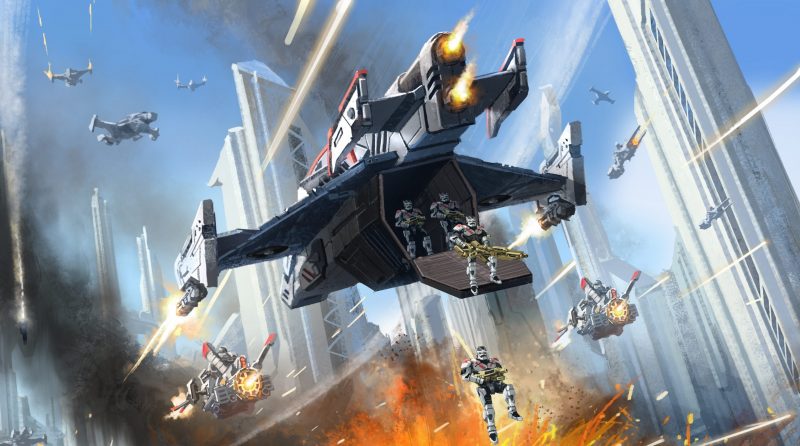Mantic: Get on the Warpath – Movement 101
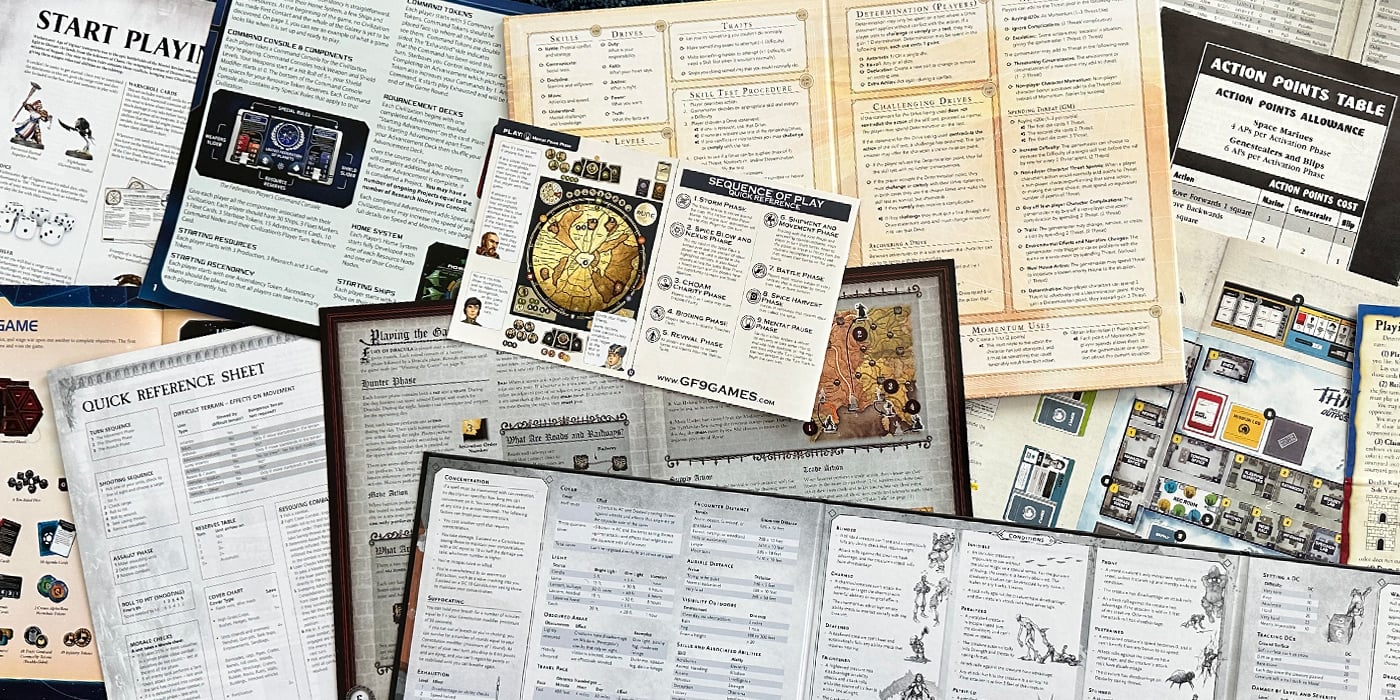

Mantic talks shop about their new Warpath release – you have to learn to march to war before you can charge.
The release of new Warpath and Firefight rulebooks and the starter set available makes it a great time to pick up a new army – or scale up the one you’ve been using for Deadzone – and start playing. You can check out the rules for free here.
Now that you’ve got your army put together, learn movement is used on the battlefield in this next introduction to Warpath installment from Mantic:
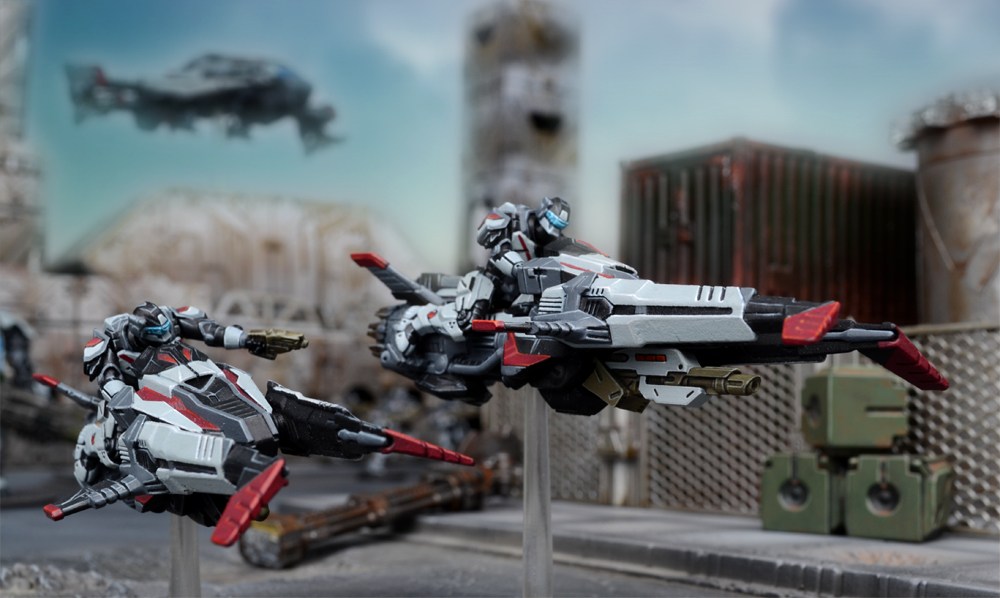
There are two main movement actions: Move and Double Move which are short and long actions respectively. As we covered yesterday, in either Warpath or Firefight a unit can perform one long action or two short actions. So you can either Move and do another action, or just do one Double Move. Note that you cannot do two Move actions in a row.
Both of these actions work in roughly the same way. In a Move action a unit can move up to its Speed Stat in inches and in a Double Move, they can move twice this distance. You can move in a direct straight line, or stop and change direction at any point in your movement to negotiate terrain. You measure the movement from the miniatures’ bases (or the miniature itself, if it is a vehicle) and once you have finished moving a unit, they must still be in coherency (within 1″ of another model from their unit in Firefight or within 2″ of another team from the same unit in Warpath). If a unit breaks coherency (usually due to casualties), then their first action must be a Move or Double Move to bring them back into coherency.
AdvertisementFriendly units do not obstruct movement, but you may not move within 1″ of an enemy unit unless you are planning to engage them in close combat – in which case your movement must end within 1″ of the target unit. If you cannot move through a gap between two enemy units without coming within 1″ of either of them, then the unit must choose to move in a different direction.
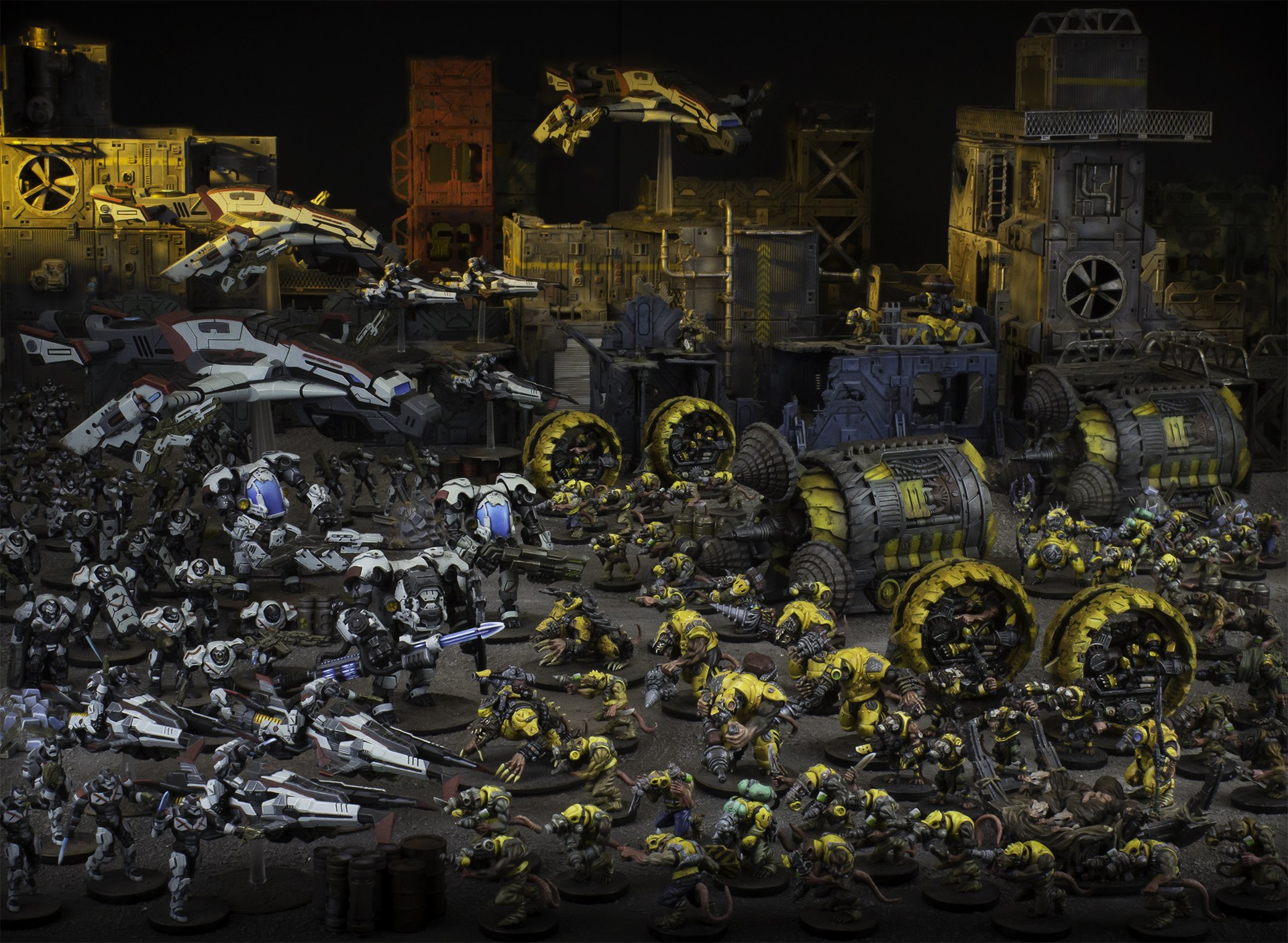
There are several different types of terrain in Warpath and Firefight. Most of these are quite easy to understand, with the most complex being Defensible Terrain – or buildings. Terrain does not affect movement – the unit moves the same distance regardless of whether or not it crosses terrain. However, a unit may not perform a Double Move action over terrain.
- Impassible Terrain – Units cannot travel over this, unless stated otherwise (such as flyers)
- Decorative Terrain – Units can move through this without penalty.
- Obstacles – These are low, long and wide pieces of terrain such as walls or barricades. They have an effect on cover (which we’ll cover in the article on Shooting) and can be moved over without penalty. Additionally, if a unit is in base contact with an Obstacle, then an opposing unit can charge the Obstacle and count as charging the unit itself.
Finally, there is Defensible Terrain, which works differently in each game. In Firefight, any unit inside the area that the terrain occupies always counts as having cover for the purposes of shooting and can move between levels, spending 1″ for each point of the terrain’s defined height. In Warpath, when a unit ends its movement in contact with a piece of Defensible Terrain, then they may enter it using a Move action, so long as the entire unit is able to enter the terrain.
Advertisement
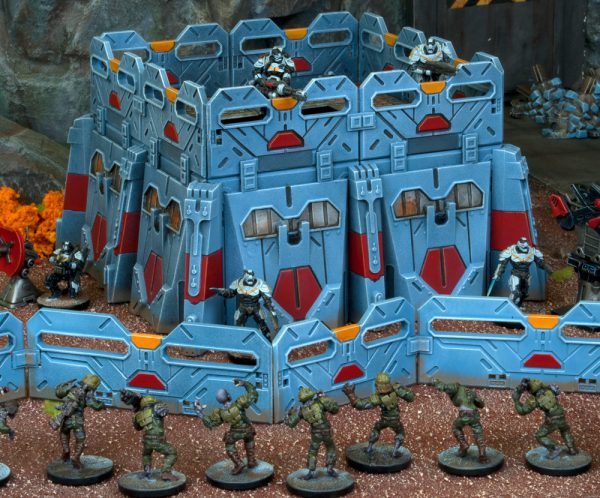
Once they are inside, it is assumed that they spread out and take up defensive positions. In game terms, the terrain becomes the unit. It can’t move unless it exits the terrain, but the terrain piece is treated as a unit for measuring ranges and also enemy unit’s movement. This means that if an enemy unit wants to enter the same terrain piece, then they must engage the unit inside by going within 1″ of the terrain piece and assaulting them.

